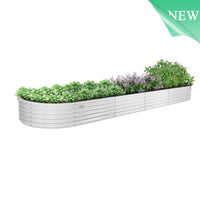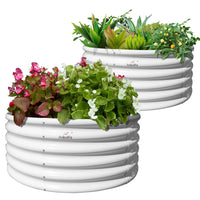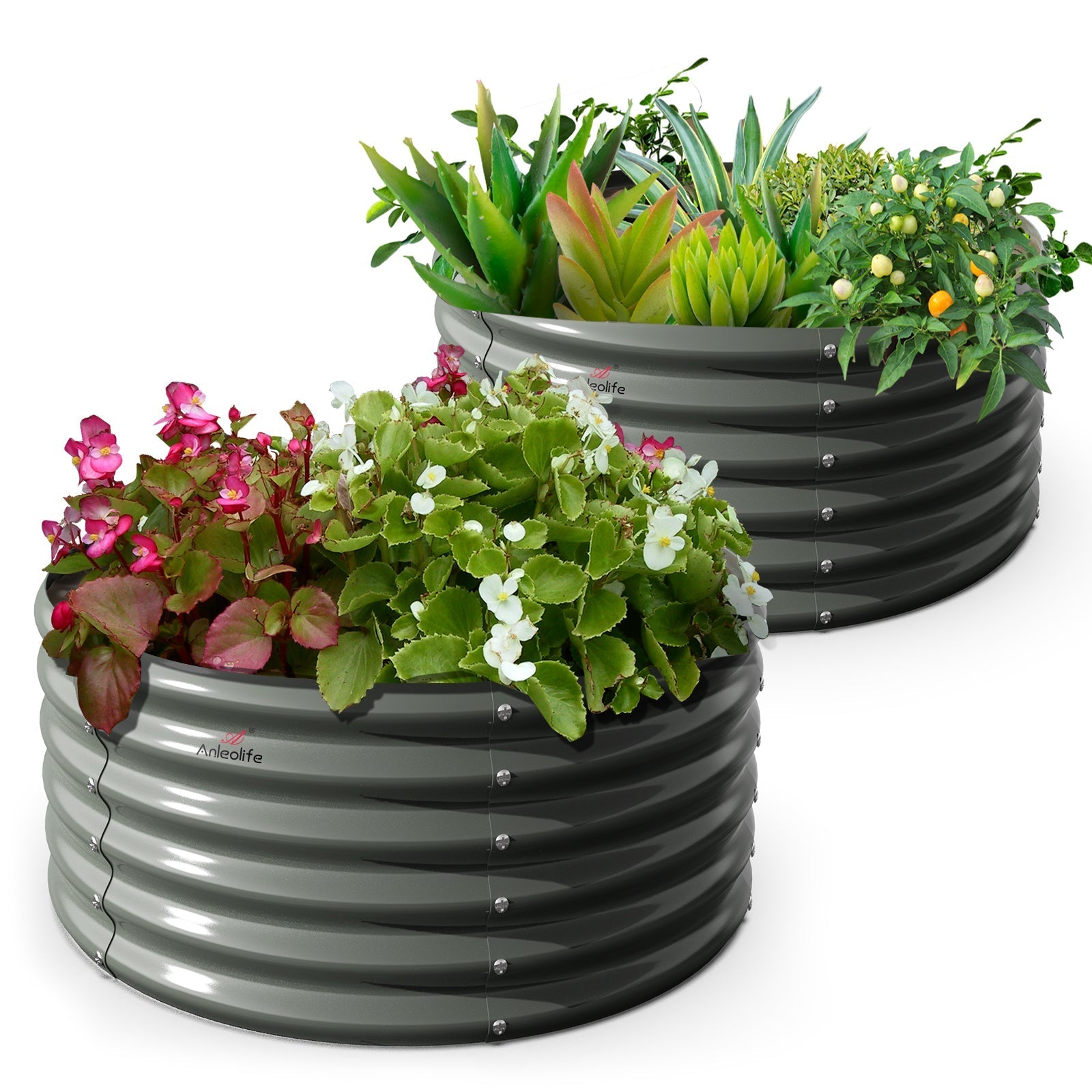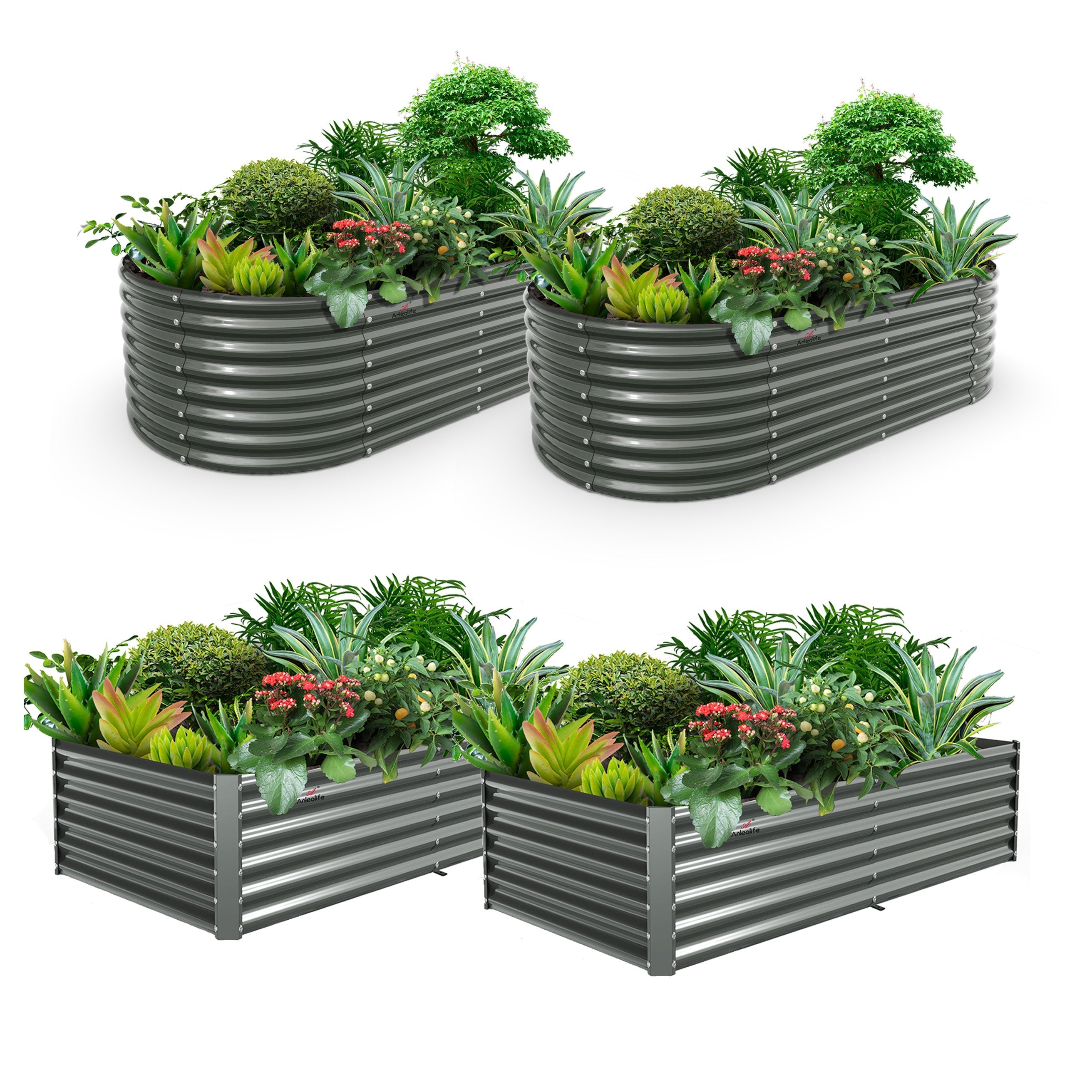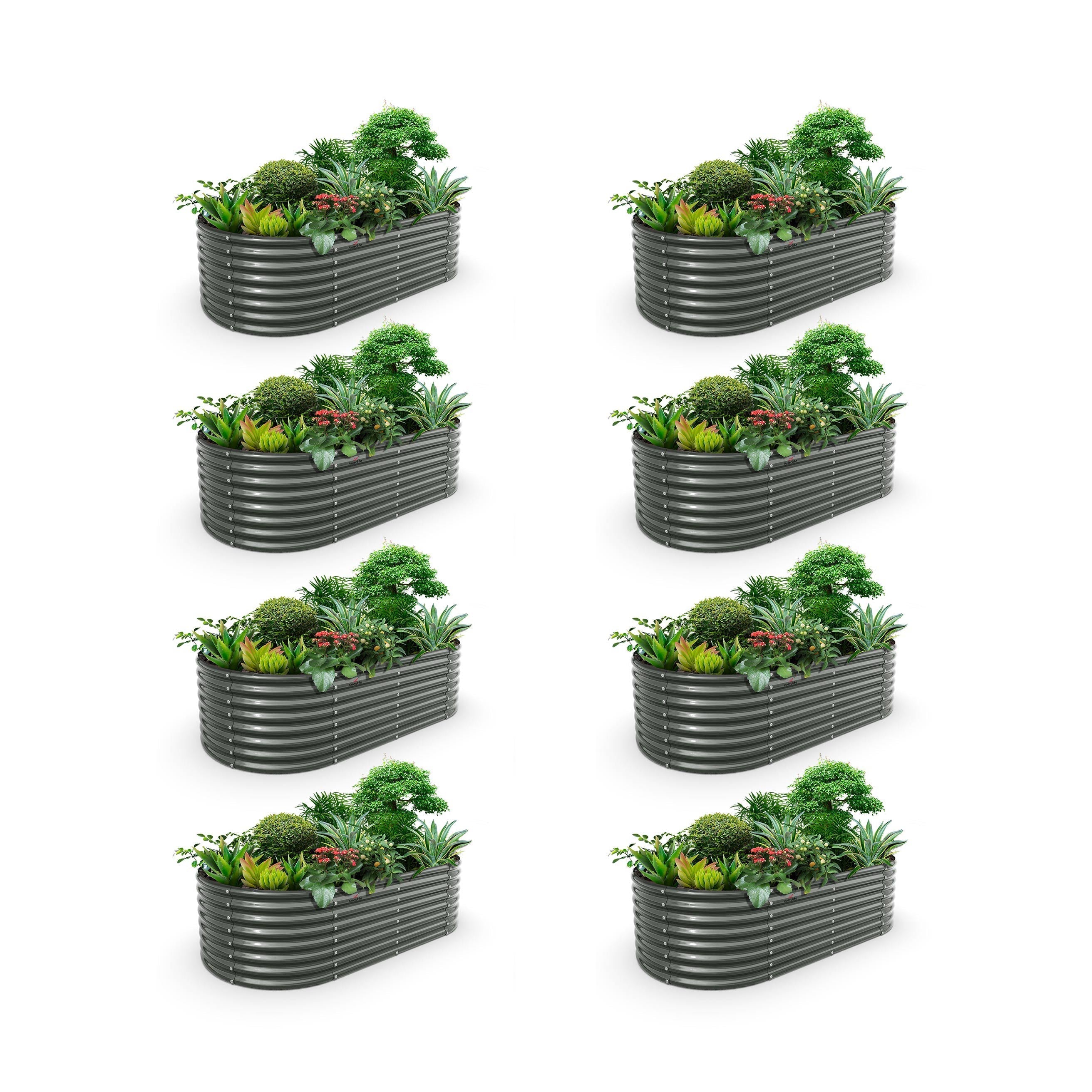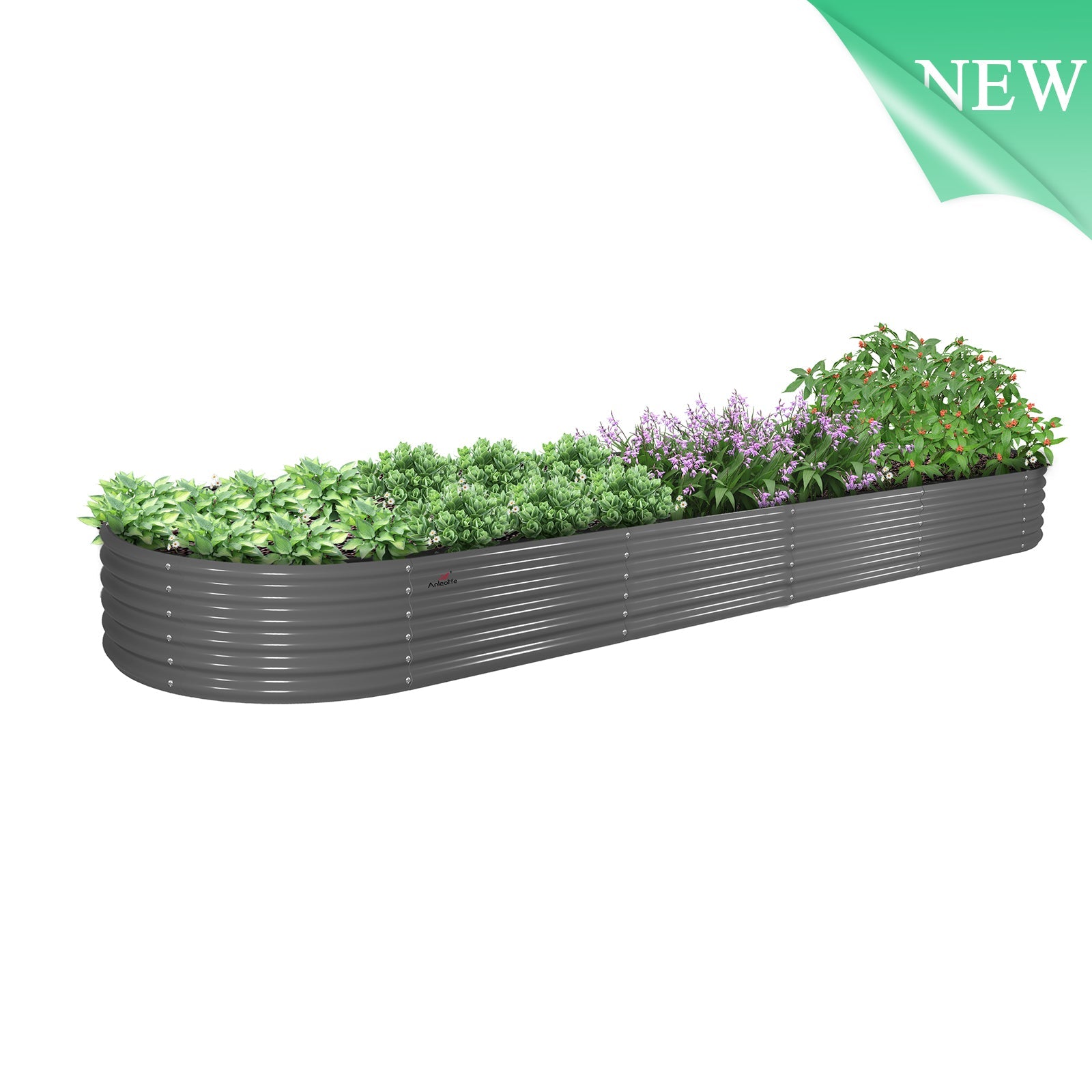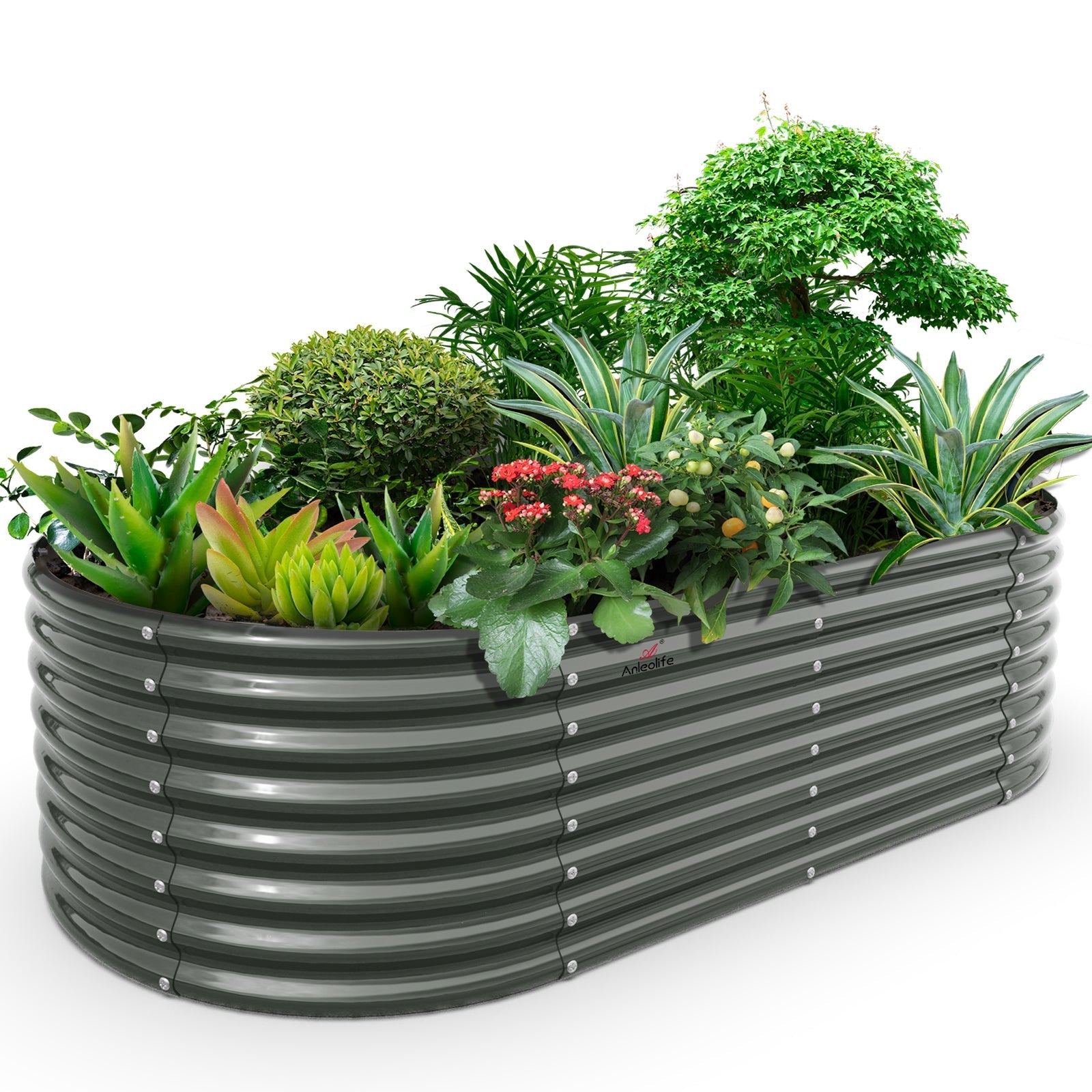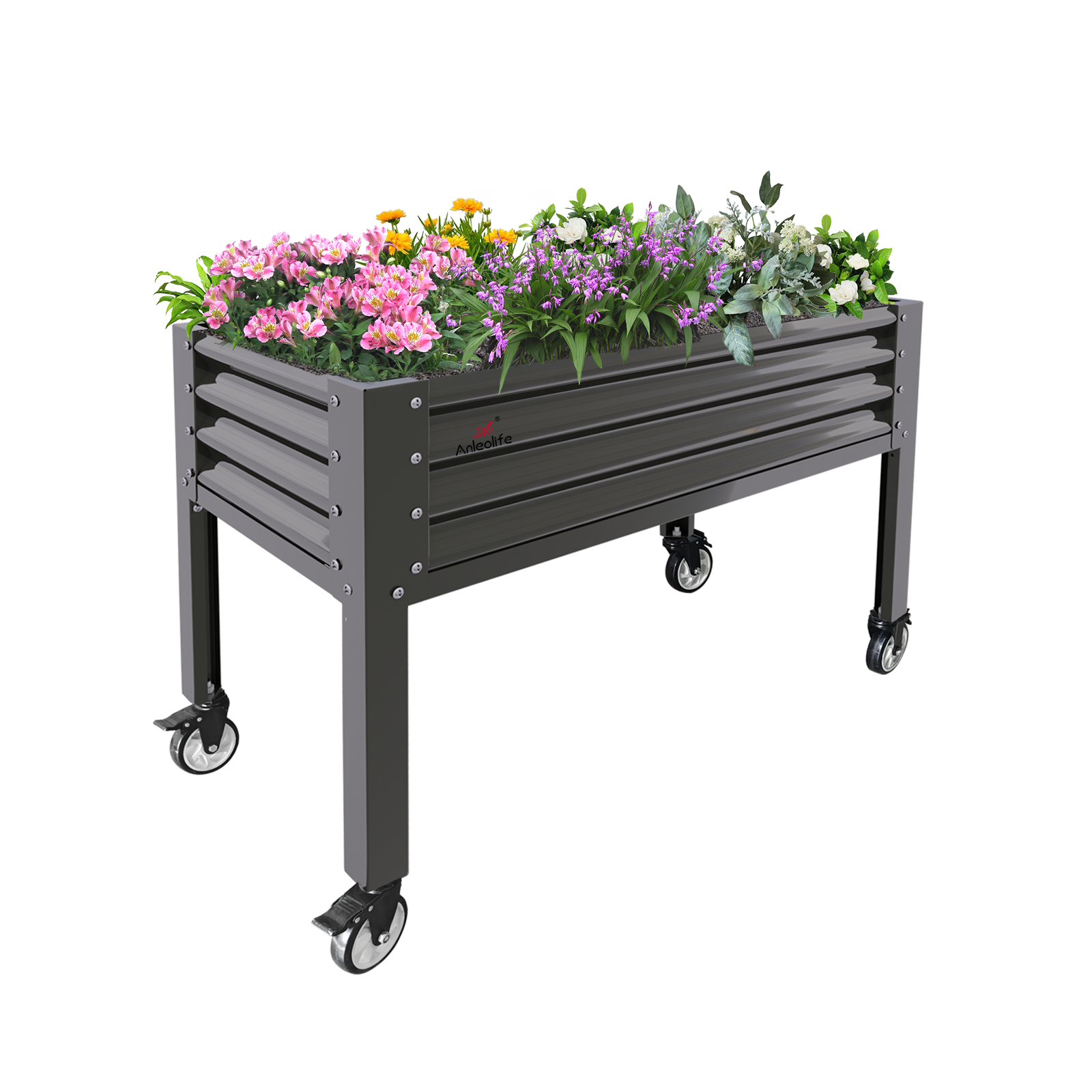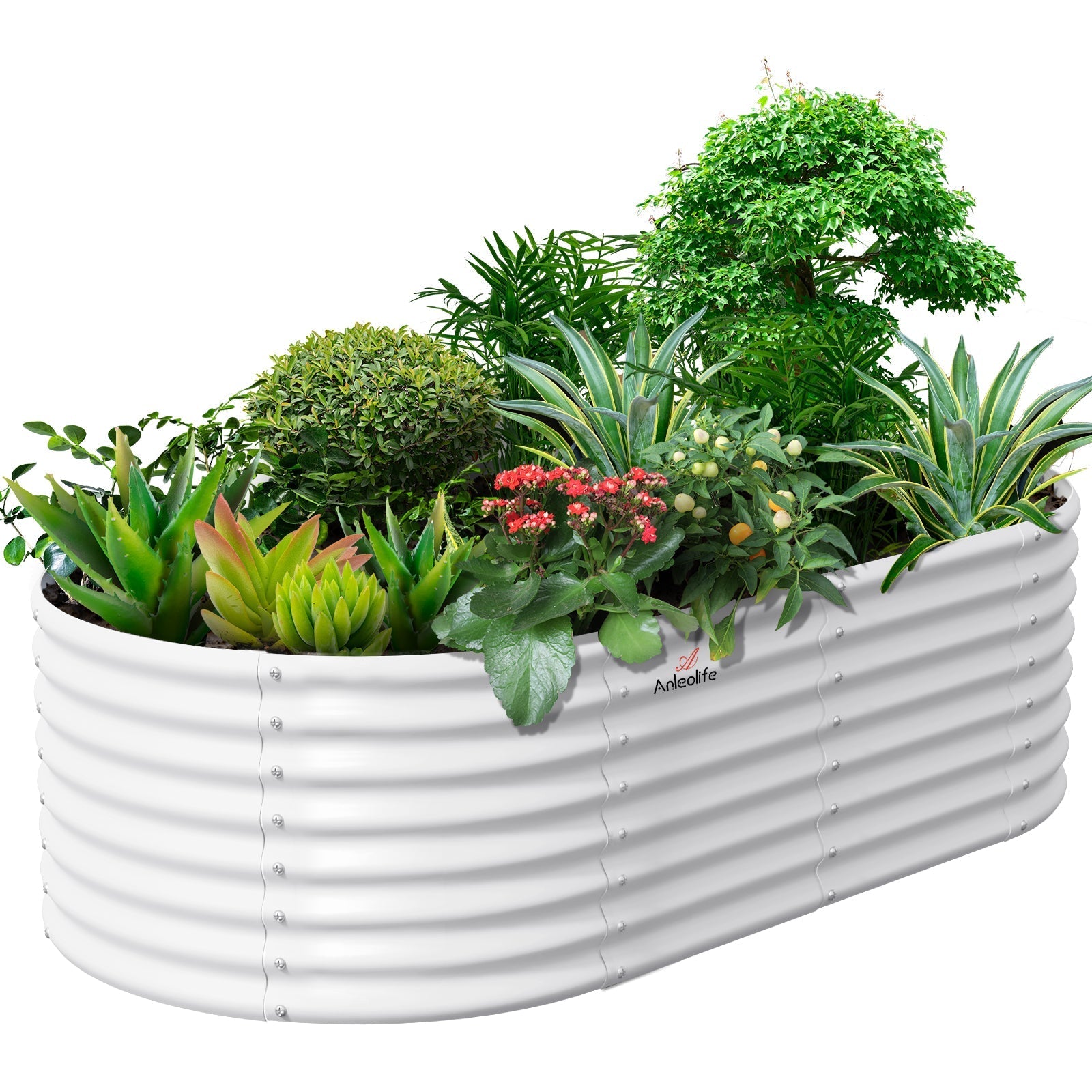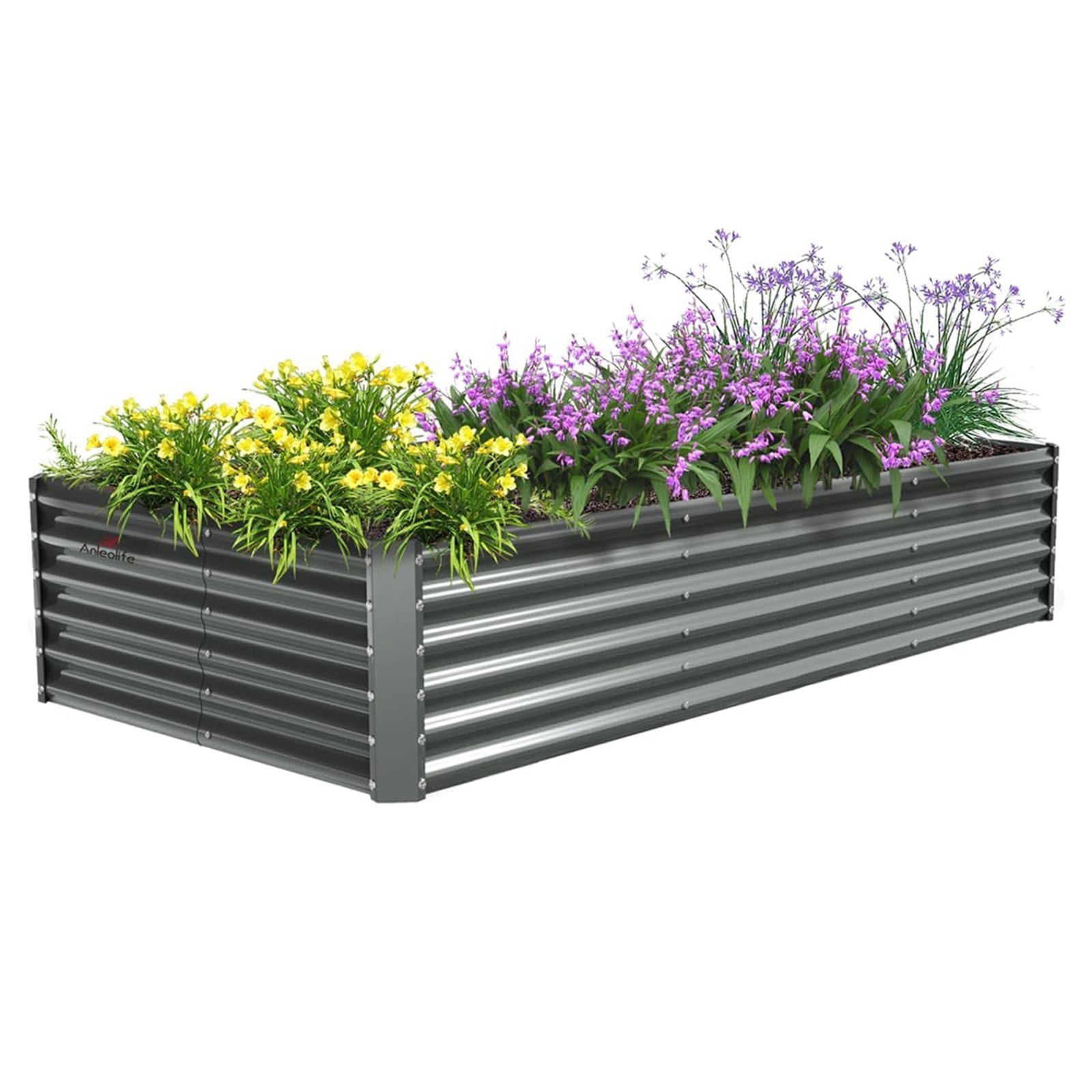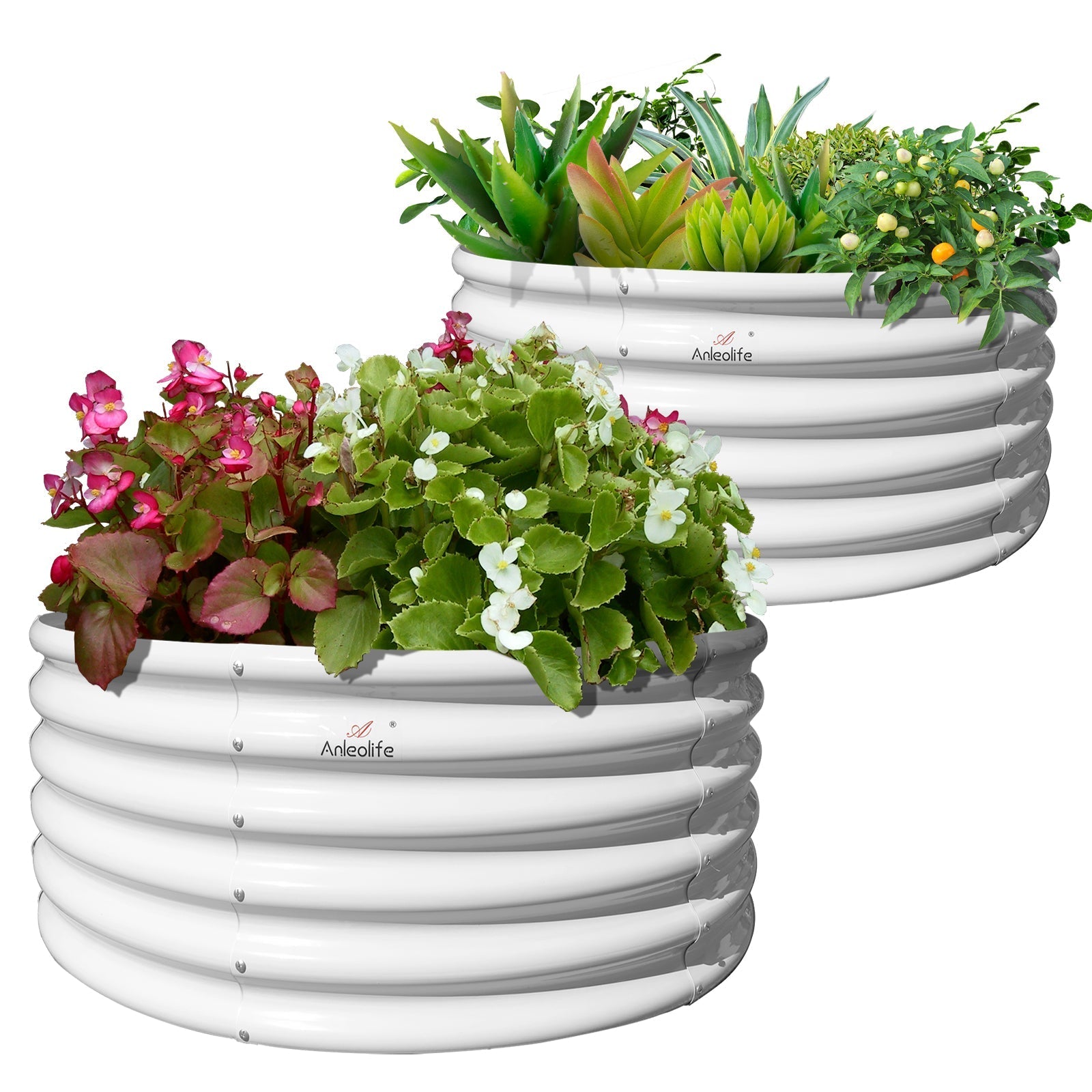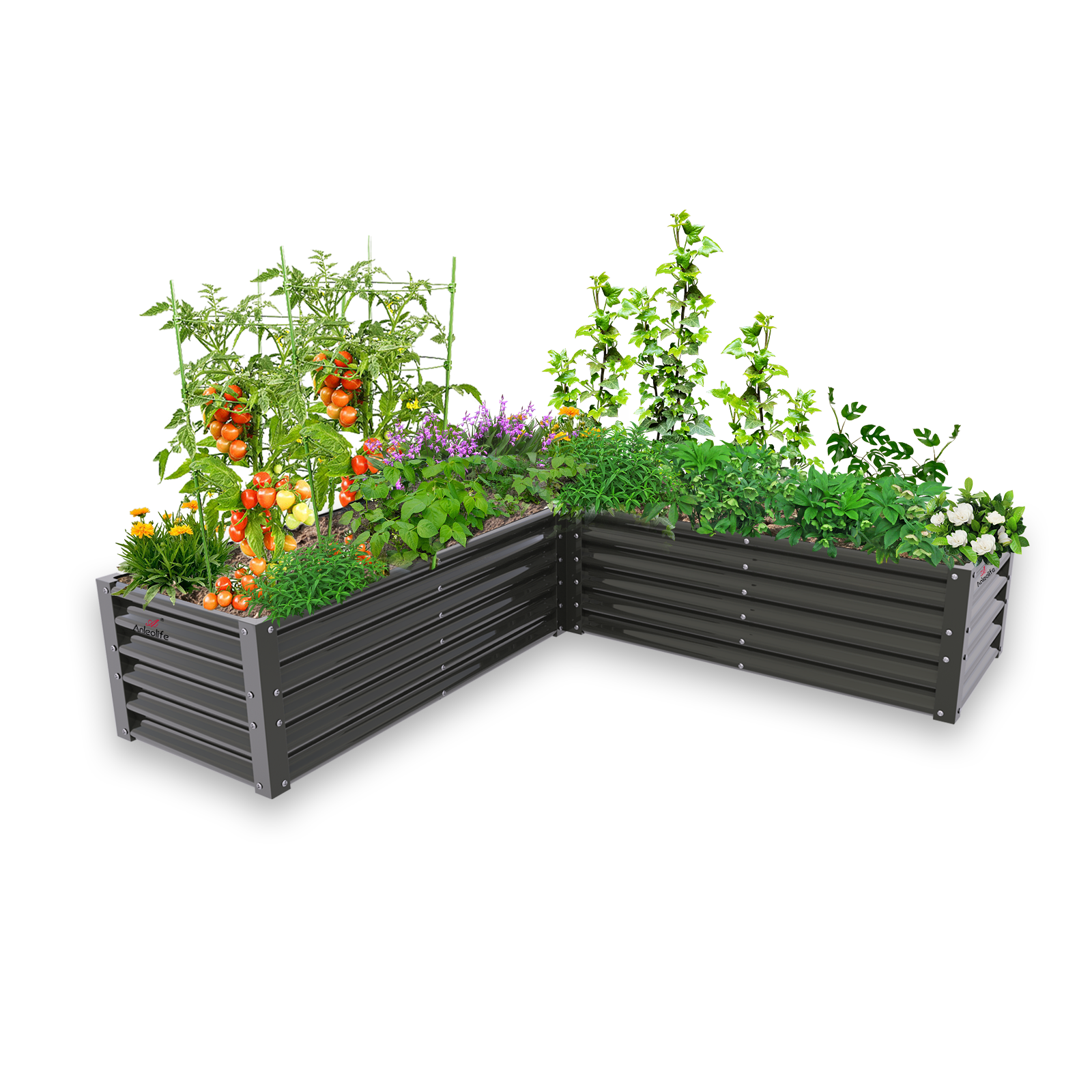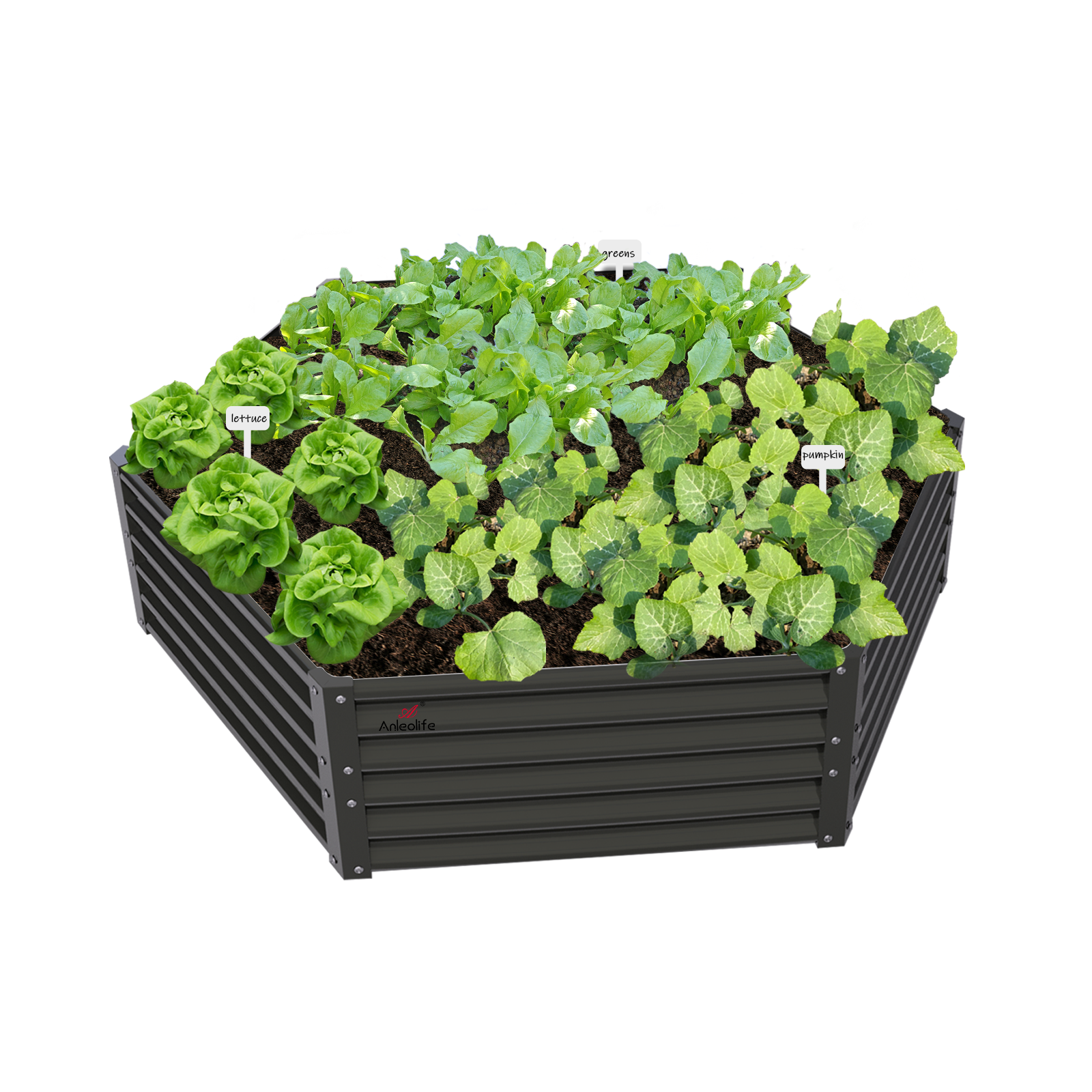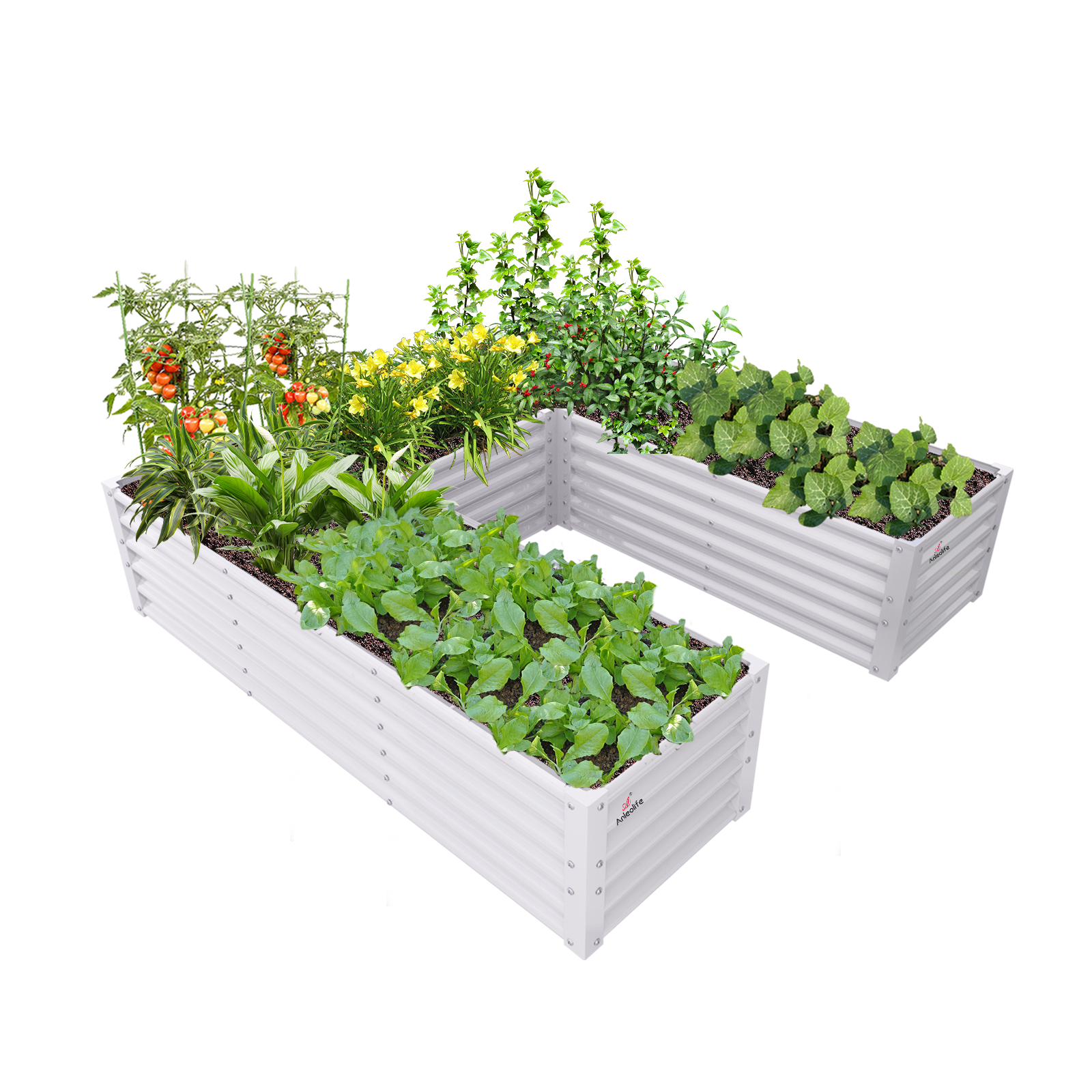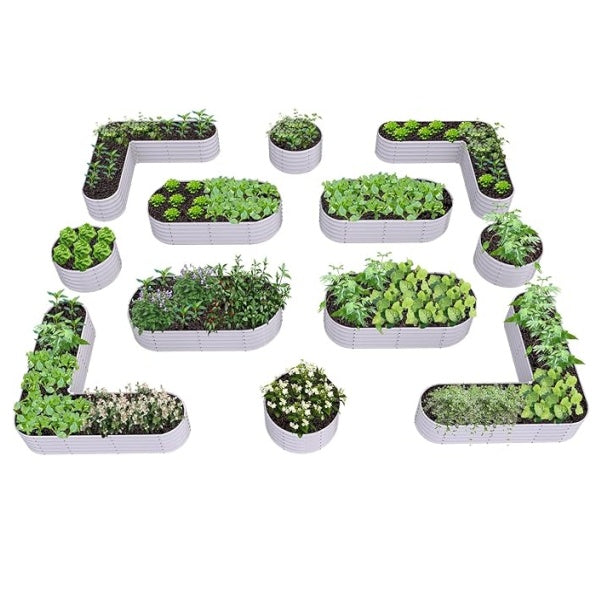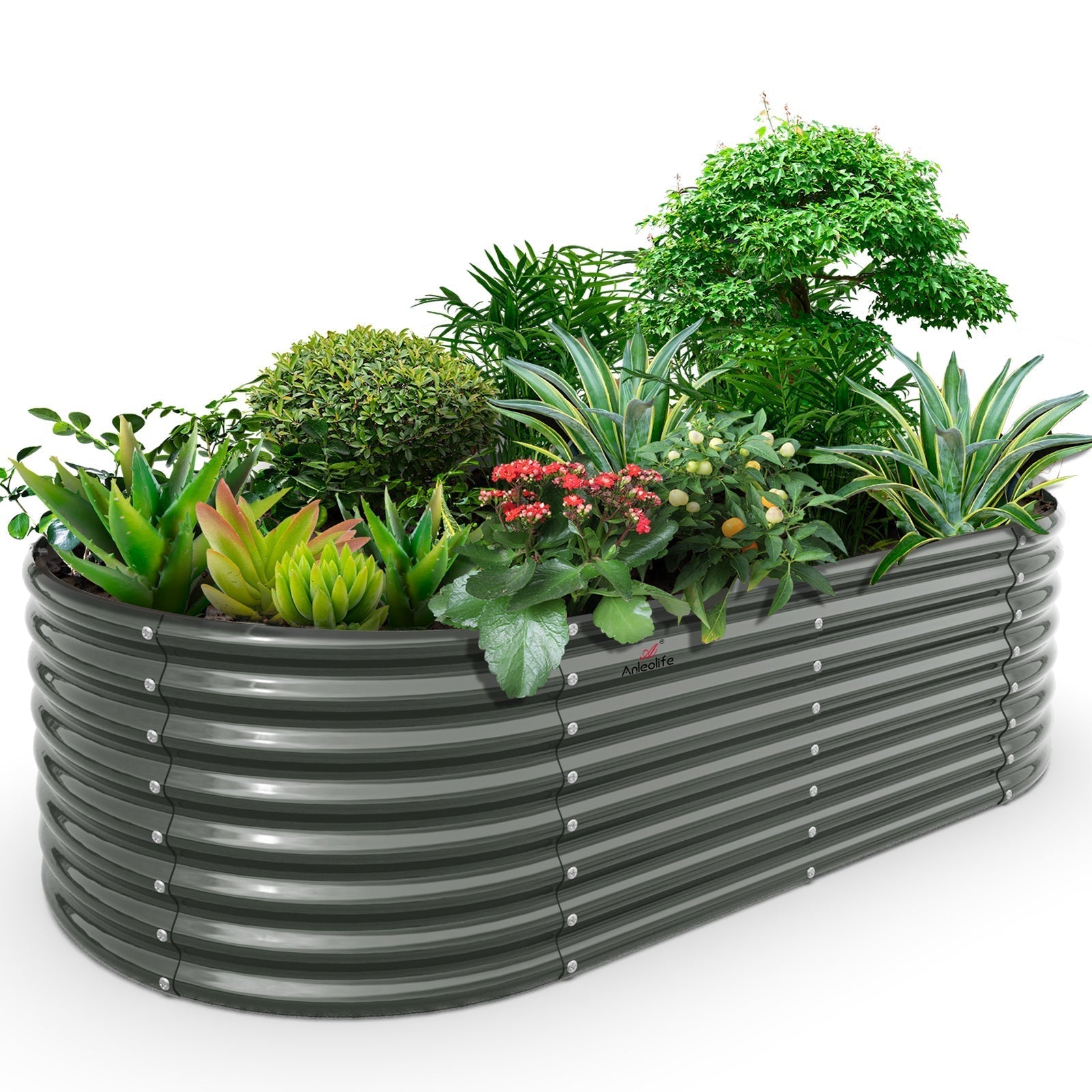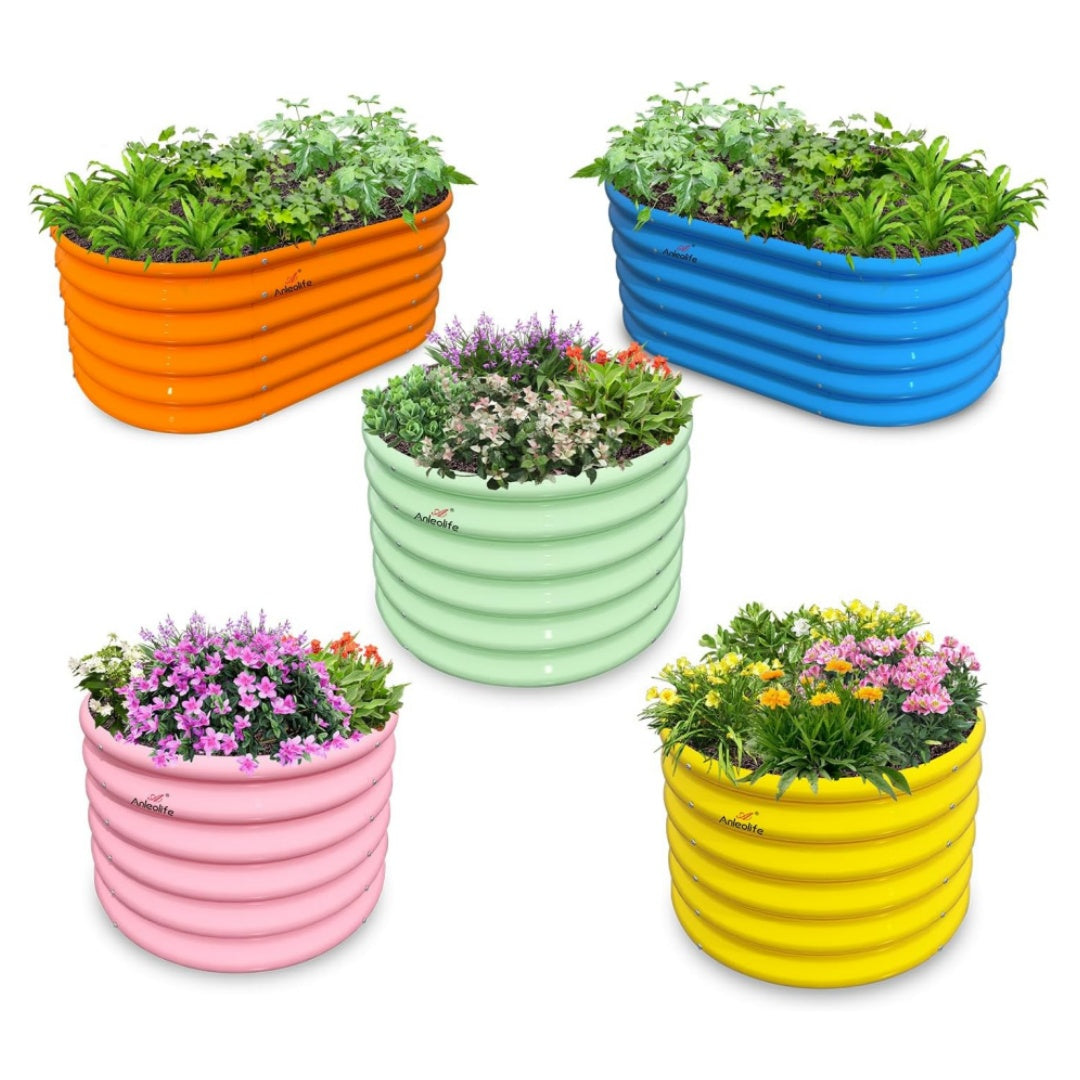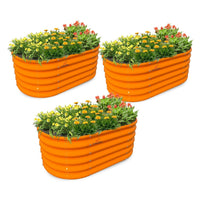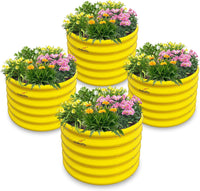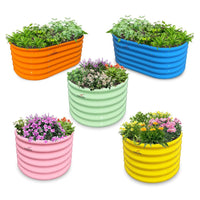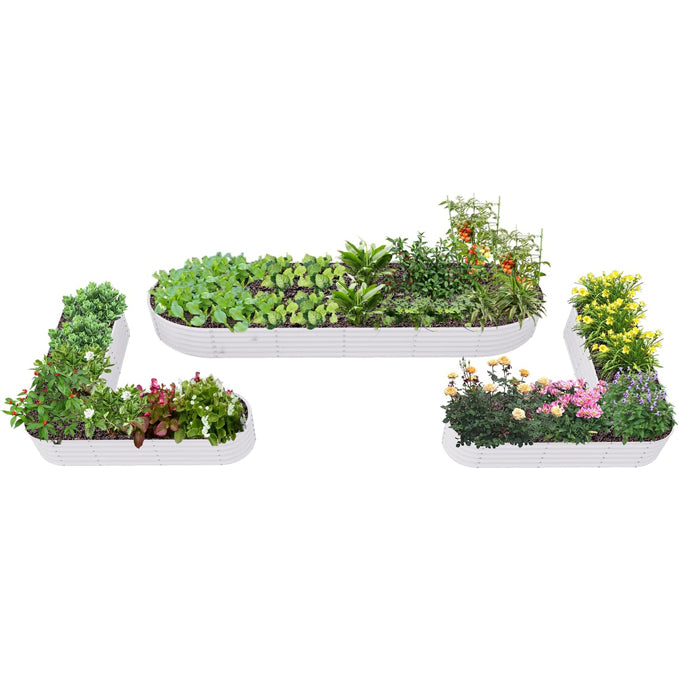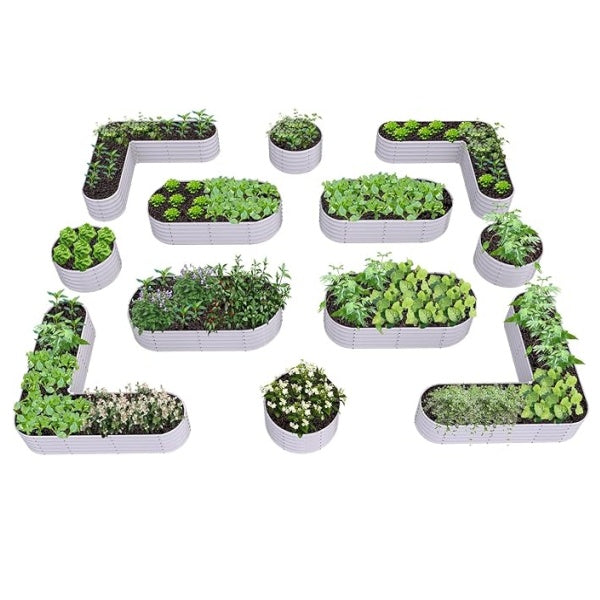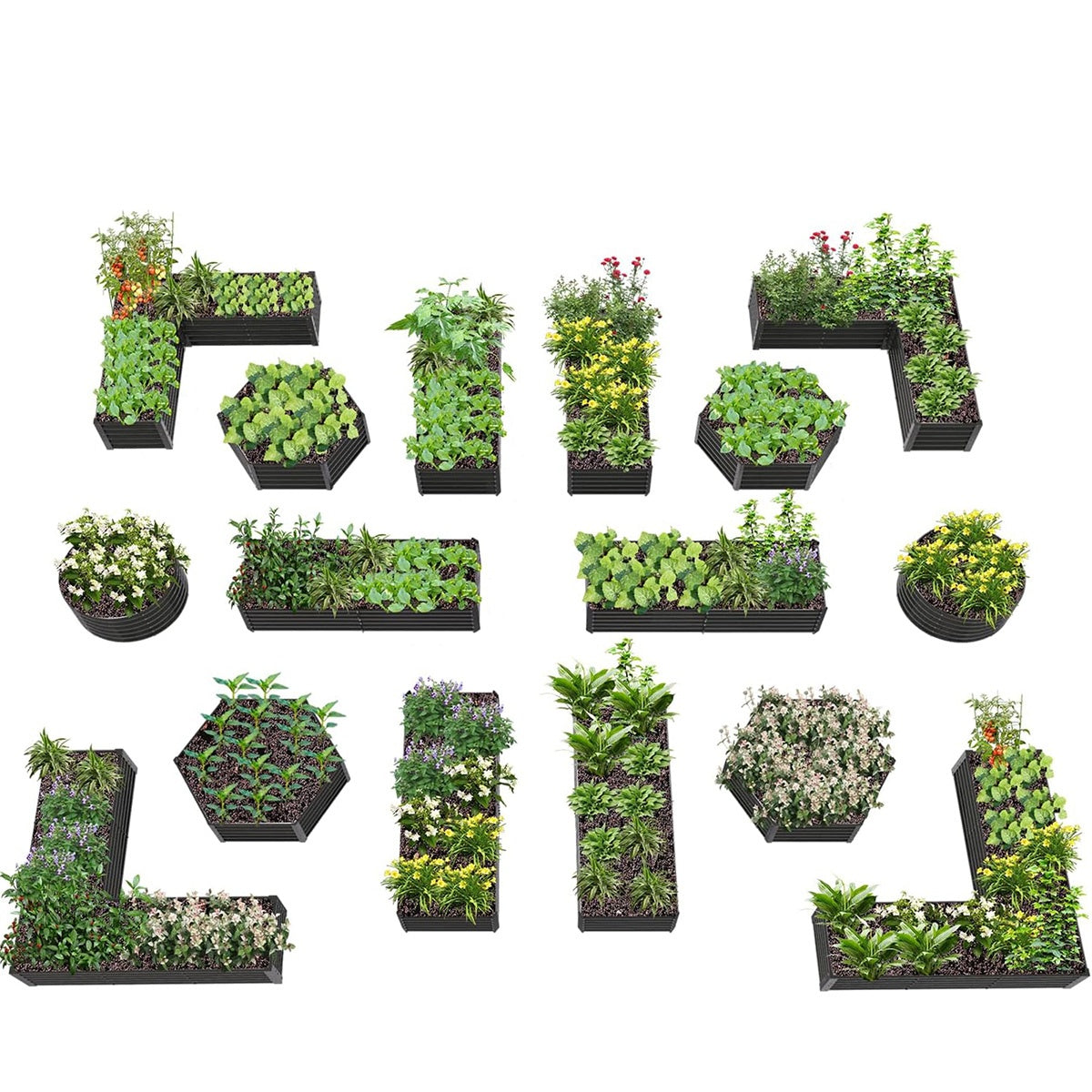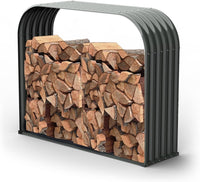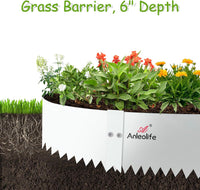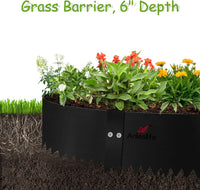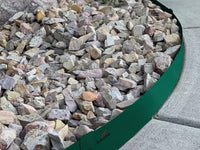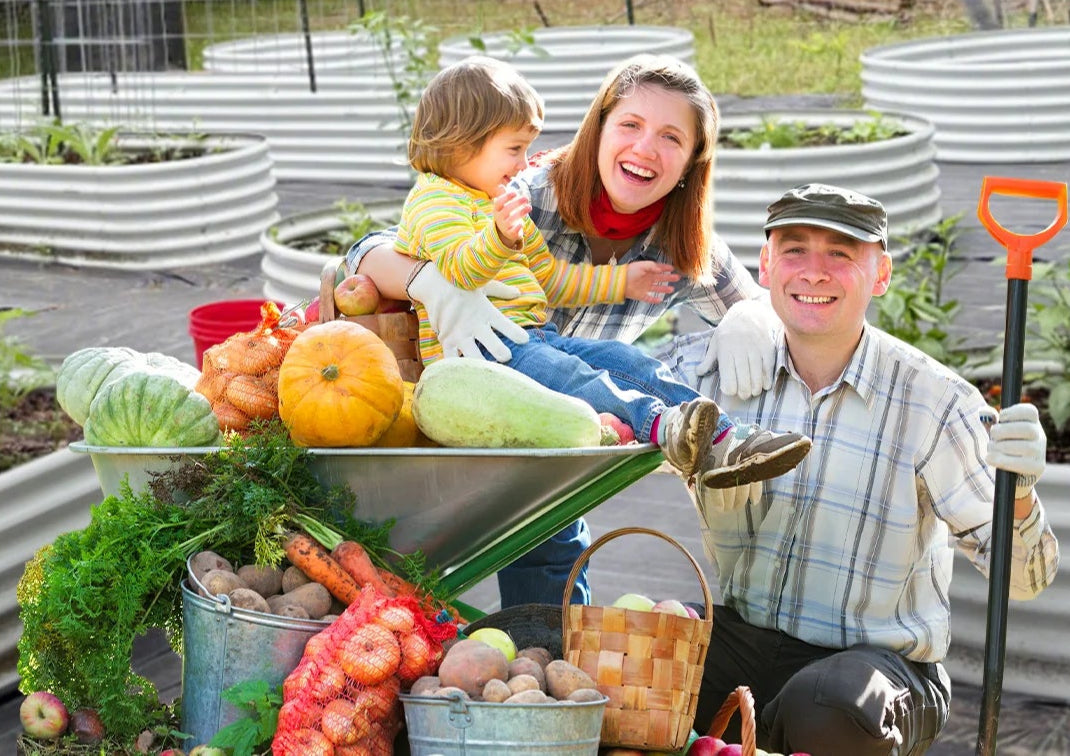
In a world defined by constant noise, deadlines, and glowing screens, peace has become one of the rarest luxuries. Yet, for millions of people, a simple act—kneeling in the soil, watering a young seedling, or harvesting a handful of greens—offers something that meditation apps and wellness retreats cannot. Gardening, it turns out, is not just about growing plants. It’s about growing calm, awareness, and connection.
The Science Behind Serenity

Psychologists and neuroscientists are increasingly uncovering what gardeners have always known instinctively: working with the earth changes the way we feel. Studies from institutions such as the University of Essex and Rutgers University reveal that contact with soil and exposure to green spaces trigger the release of serotonin and dopamine—neurochemicals responsible for mood regulation and pleasure.
Even the scent of freshly turned soil or the rhythmic motion of watering can lower cortisol levels, the hormone associated with stress. Gardening slows our breathing, steadies our thoughts, and encourages a meditative rhythm. In this quiet routine, the mind begins to unclench.
But the science goes deeper—literally. Soil contains a naturally occurring bacterium called Mycobacterium vaccae, which has been shown to stimulate serotonin production when inhaled or absorbed through the skin. This “friendly microbe” acts like a natural antidepressant, reminding us that connection to nature doesn’t just soothe the spirit; it physically heals the mind.
Gardening as Mindfulness in Motion

Unlike traditional meditation, which asks us to sit still and silence our thoughts, gardening invites us to move, observe, and participate. Each moment spent pruning, planting, or watering becomes a gentle reminder to be fully present.
You can’t rush a seed to sprout. You can’t control the rain. Gardening teaches patience through participation—it’s mindfulness made tangible. When your hands are in the soil, your mind learns to stay where your body is.
Raised garden beds, in particular, bring this experience closer to daily life. They transform small patios, urban rooftops, or suburban corners into accessible sanctuaries. The defined borders of a raised bed create both structure and freedom—a contained space for wild creativity. Within that frame, the gardener can practice presence: noticing the color shift of a leaf, the buzz of a bee, or the slow unfolding of a bloom.
These details, once overlooked in the pace of everyday life, become a language of calm.
Healing Through Growth

Many people discover gardening at times of emotional upheaval—grief, anxiety, burnout—and find that tending to life helps mend what feels broken. There is something deeply restorative about nurturing growth in moments when our own feels uncertain.
Planting a seed becomes a declaration of hope. Watching it sprout reminds us that renewal is not only possible but inevitable with care and time. The act of watering something fragile each day mirrors the process of self-healing: small, consistent actions leading to quiet transformation.
Hospitals and therapy centers now use horticultural therapy as part of their recovery programs, with measurable success. Patients recovering from trauma, depression, or physical illness often report reduced anxiety and increased motivation after spending time in gardens. Even short exposure—fifteen to twenty minutes a day—has been linked to improved focus, better sleep, and reduced feelings of loneliness.
Gardening, in essence, becomes a conversation between human and earth—a dialogue without words, where care given returns as calm received.
The Community Connection

While gardening can be deeply personal, it also roots us in something larger than ourselves. Community gardens, neighborhood plots, and shared green spaces foster connection in an age of isolation.
Tending a metal shared raised bed, exchanging seeds, or simply chatting with a fellow gardener creates small acts of belonging. These connections are not transactional—they are relational, built around shared rhythms of weather, harvest, and growth. In these spaces, social divisions often fade; everyone, regardless of background, speaks the same language of soil and sunlight.
Moreover, community gardens provide collective resilience. They strengthen food security, beautify neighborhoods, and offer intergenerational learning. A child planting their first carrot beside an elder passing on decades of wisdom represents the kind of continuity our fast-paced culture often neglects.
Through gardening, people rediscover that community—like soil—thrives best when nurtured, shared, and replenished.
Digital Detox, Natural Renewal

One of gardening’s greatest therapeutic gifts is its ability to draw us away from screens and back into the sensory world. In the garden, our attention shifts from notifications to nature’s slower, richer tempo.
The sound of wind through leaves replaces the buzz of messages. The smell of basil, damp soil, or tomato vines awakens senses dulled by artificial light. Time stretches; productivity gives way to presence.
In raised bed garden layout gardening, this is especially rewarding. The compact, contained design encourages intentional engagement: you plan, plant, observe, and harvest within a few square feet. It’s a manageable, focused environment—a microcosm of the natural world that fits perfectly into modern life.
And in that small patch of earth, something miraculous happens: we remember what it means to be rather than to do.
A Deeper Connection to Nature

Modern life often separates us from the natural systems that sustain us. Gardening repairs that disconnect. As you work with soil, compost, and roots, you begin to understand the reciprocity of life. You feed the earth, and it feeds you back.
This awareness fosters humility. It reminds us that growth is not solely ours to command but ours to participate in. Weather, insects, microorganisms—all play their part. To garden is to cooperate with forces larger than oneself.
And with that cooperation comes gratitude—a quiet reverence for the miracle of photosynthesis, the intelligence of roots, the patience of perennials. Gardening teaches us that nature doesn’t rush, yet everything is accomplished.
Cultivating Calm, One Seed at a Time

Perhaps that is the essence of the therapy of growing: a return to relationship. To the self, to others, to the planet. Gardening doesn’t erase life’s stressors, but it reframes them. It gives them scale and rhythm. You learn that loss, like winter, makes way for renewal. You learn that effort, like sunlight, must be consistent but never forced.
Every handful of soil is a reminder that the world still offers spaces of quiet creation—places where chaos slows and the mind can breathe again.
Closing Thoughts

In a single green shoot lies a universal truth: growth and peace share the same soil. All we have to do is tend it—with our hands, our patience, and our care.
So next time life feels unrooted, step outside. Touch the earth. Plant something. Watch how the simple act of nurturing life begins to nurture you.
Let’s Grow the Conversation

How has gardening shaped your mind and mood? 🌱
Have you ever felt a moment of calm while tending your plants, or noticed how stress seems to fade among the leaves?
We’d love to hear your story — whether it’s about a single herb on a windowsill or a thriving raised garden bed that’s become your sanctuary.
💬 Share in the comments:
What’s your favorite gardening ritual for clearing your mind?
Have you noticed any changes in your mood or focus since you started gardening?
Do you garden alone, or share the experience with family or community?
Your reflections might inspire another gardener to start their own journey toward calm and connection.
Together, let’s keep nurturing peace — one seed, one season, one mindful moment at a time. 🌿💚
Get the Anleolife Gardener E-Book
Ready to take your garden from concept to creation?Explore our exclusive digital guide, The next 《Anleolife》VOL3 will include:
Garden & Mind: The Therapy of Growing
Smart Gardening: Tools & Tech
Farm-to-Table Recipes
Community Corner
Click here to download《Anleolife》VOL2 for free.
Your next great garden design starts with one click — and a little imagination.



